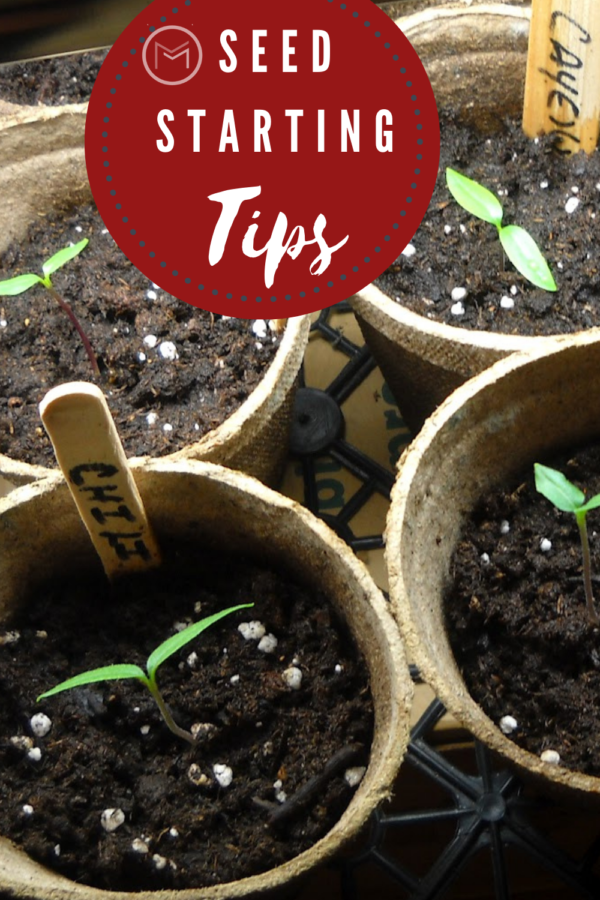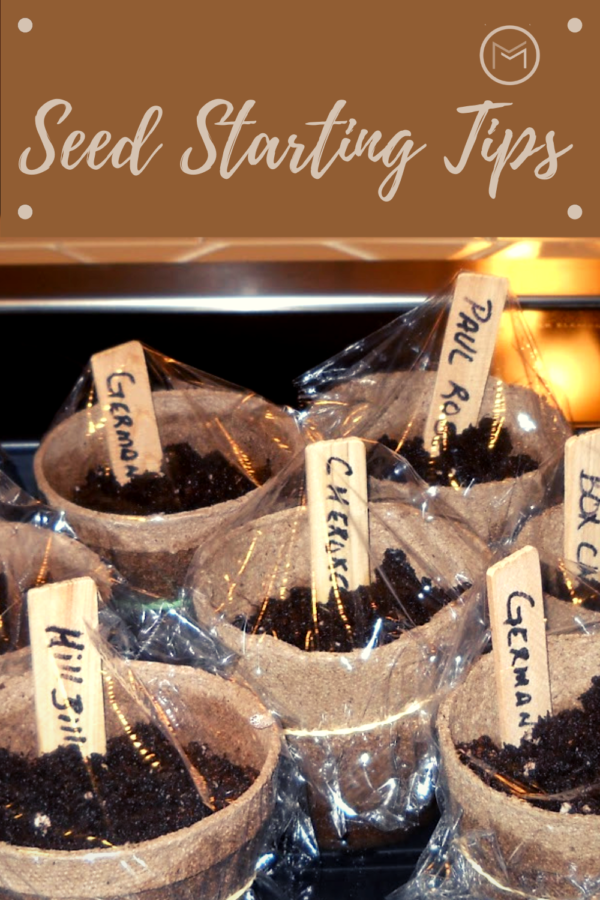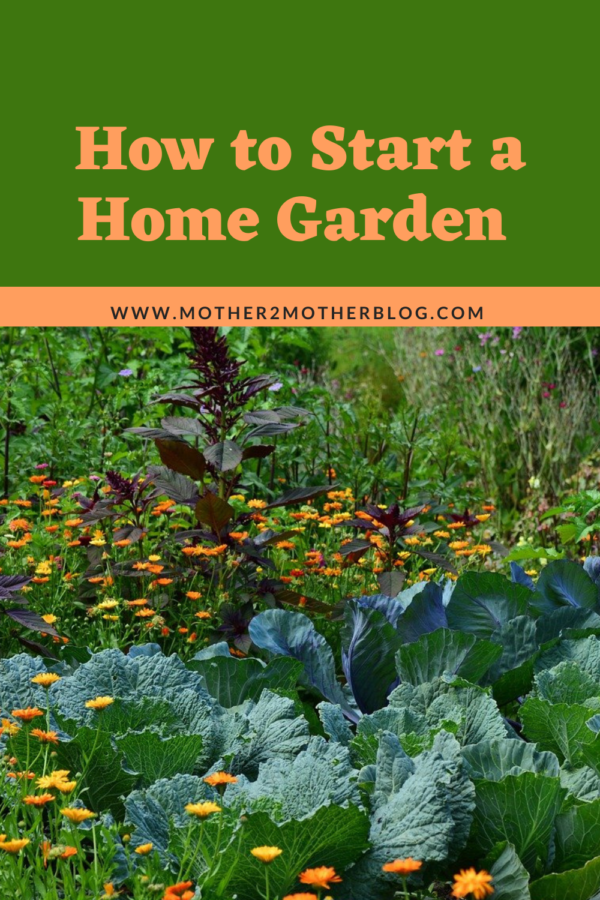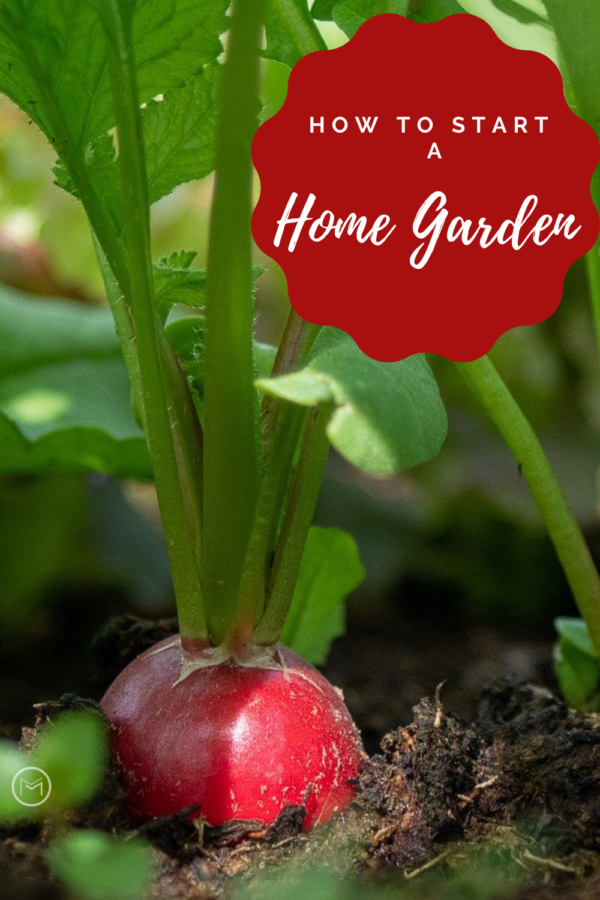Today, I’m sharing gardening tips on the easiest plants to grow in your garden. Growing a flower garden is probably among the most satisfying activities you can do. But, it can also be a very unpredictable experience too. For example, you may get amazing results one year and pests and disease catastrophe the next. Also, you’ll quickly learn that some growing conditions are easier to deal with than others. But, in most cases it comes down to choosing the right plants.
Whatever the challenge, there are always ways to solve these problems. Experienced gardeners understand this, but it might get tough or frustrating for beginner gardeners. The key is to plant healthy plants that are native to your area.
Benefits of Native Plants:
- Already acclimated to your area
- Requires less watering
- No fertilizer needed
- Not invasive
- Better for pollinators
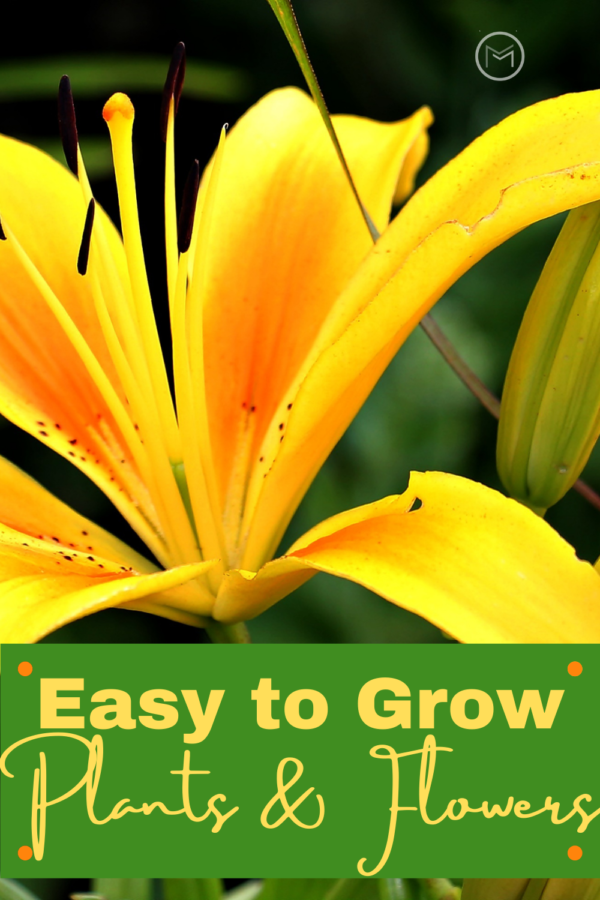
Easiest Plants to Grow Plants:
Butterfly Bush
The butterfly bush attracts butterflies and pollinators such as hummingbirds and honeybees. However, this bush can become is quite large plant growing up to 8 feet high and 5 feet wide if not contained. It has strong, woody stalks, and in colder zones it dies back each winter.
However, a little pruning in early spring will have your plants looking good as new. Your bushes should be pruned each spring down to 8 to 12 inches to boost its growth. You can also find dwarf varieties which are more convenient for smaller gardens. The plants come in a number of colors such as yellow, pink, purple, red and white, and love full sun exposure with a medium amount of moisture.

Lavender
Lavender comes in many varieties and is quite a short-lived perennial. But, if you’re looking to add a fragrant element to your garden, this plant is the perfect addition. The color varies from light blue and purple to pale blue and white. Its perfumed quality make it an attractive addition to any garden. Lavender can also be used in cooking as well as the dried, which is also more potent in smell and flavor. The plant grows to about 20 inches and blooms in late spring/early summer. It enjoys full sun. Having shallow roots, lavender declines in wetter conditions so it needs less moisture and well-drained soil.
Daisies – Yarrow, Aster, and Tickseed
The daisy family is quite large, offering a great range of plants to choose from. Starting with yarrow, this plant is quite sturdy with lacy leaves and a wide variety of colors. It’s easy to grow in any well-drained soil, loves the sun, and tends to spread heartily, crowding other plants.
You can find it in pastel colors but also in deep red, rust, white and yellow. It grows up to 4 feet and blooms throughout summer and into fall. Prune it following the blooming period and make sure to remove the dead stalks when the season is over.
Aster is another daisy family member that is a late-season bloomer with a color variety ranging from white, blue and lavender. This will bring pops of color to your garden after most other perennials have finished their bloom. Bear in mind that it needs well-drained soil with medium moisture and slightly acidic conditions. It’s a self-sow plant that grows up to 4 feet in height requiring its root groups to be divided every few years.
Similar to most members of the perennial daisy family, tickseed or coreopsis is a durable choice that’s quite easy to grow. It reaches 3 feet in height and blooms much longer than other perennials, over the whole summer into late fall. You can divide the plants into several smaller ones every couple of years. They react well to pruning or shearing by producing new flower buds. These come in varieties of yellow, pink, red, orange, or a combination of the two. They also love the sun and dry to medium moisture.
Cineraria
Cineraria is a warm-weather perennial that prefers shade and is typically grown as an annual. It is a clustering plant that grows up to 12 inches in height. It’s frequently planted in containers and produces beautiful purple, white, or blue daisy-like flowers that combine perfectly with ferns.
This plant reseeds itself, and it can grow in surprisingly shallow, but cool and well-drained soil. It does require moderate moisture as constant wetness causes the roots to rot. On the other hand, underwatering will hinder its bloom as well.
Daylily
The daylily is one of the oldest and best groups of ornamental perennials. It has countless varieties available. Its upright flower stems grow from 2 to 5 feet producing trumpet-like flowers. Unfortunately, many blooms only last for one day. Colors range from red, purple, orange, white, and yellow to bi-color combinations. It’s very well-suited for beginner gardeners as they are very resistant to common insects and diseases.
Most daylily types bloom for several weeks during summer. However, some repeat their blooming cycle giving your garden lively colors throughout all summer. So, daylilies spread in clumps and should be divided every three years. Overcrowding hinders flowering. Daylilies require sunny to partially sunny conditions with medium wet, well-drained soil.
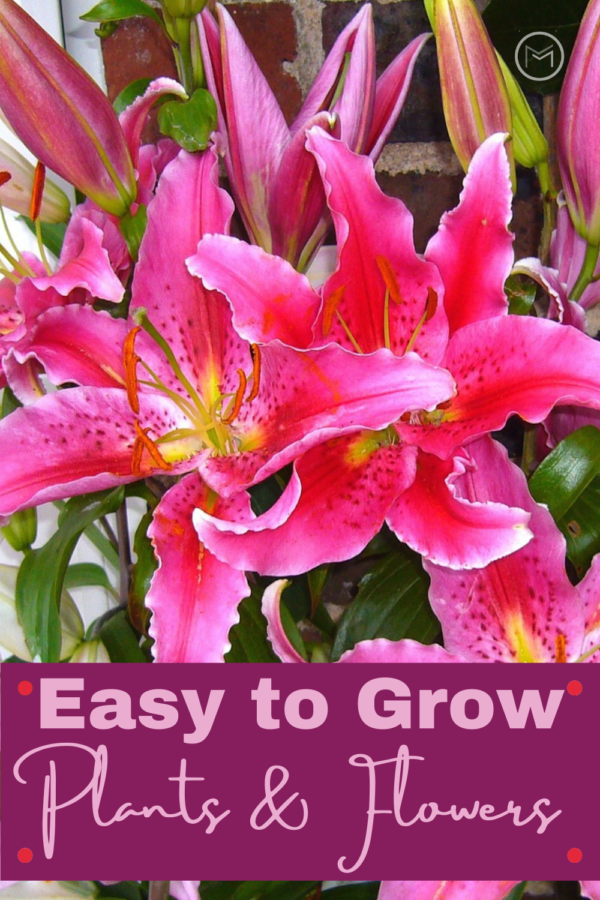
Oriental Lily
The Oriental lilies are a great transitory flower. They bloom in early summer after the Asiatic lilies have blossomed and before most other lily varieties have begun. Oriental Lilies are planted as bulbs, and gradually spread. Lilies love rich to medium moisture, well-drained, and slightly acidic soil.
They can grow from 1 to 8 feet in height with a wide range of blooming colors such as red, orange, pink yellow, and white. Lilies are quite fragrant and if you remove withered flowers, you’ll boost additional blooming.
These Plants Are Also Colorful
Gardening can be an excellent way to express your creativity. Furthermore, it’s a great benefit to your health and wellbeing. Additionally, achieving a lust, beautiful and lovely smelling ideal garden can be incredibly rewarding. Allow yourself to explore different ideas and layouts, mixing different plants and flowers to create a garden that will be fragrant and colorful throughout spring, summer and fall.
Add a few of my suggested easy to grow plants and flowers to your backyard. You will be enjoying beautiful flowers, butterflies and bouquets of lilies in no time.
